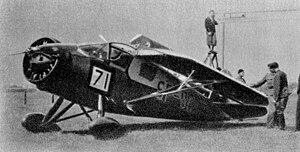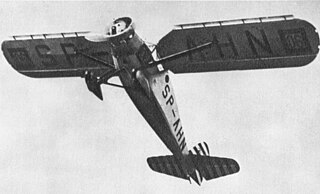
The RWD 6 was a Polish sports plane of 1932, constructed by the RWD team. It was a winner of the Challenge 1932 international tourist aircraft contest.

The RWD 5 was a Polish touring and sports plane of 1931, a two-seat high-wing monoplane, constructed by the RWD team. It was made famous by its transatlantic flight, being the smallest aircraft to cross the Atlantic.

The RWD 8 was a Polish parasol wing monoplane trainer aircraft produced by RWD. It was used from 1934 to 1939 by the Polish Air Force and civilian aviation.

The RWD-14 Czapla was a Polish army cooperation aircraft, designed in the mid-1930s by the RWD team, and produced in the LWS factory from 1938. A series of 65 aircraft were built and most were used by the Polish Air Force observation squadrons during World War II in 1939.
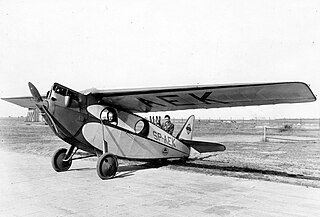
The RWD 4 was a Polish sports plane of 1930, constructed by the RWD team.

The RWD 2 was a 1929 Polish single-engine high-wing monoplane sports plane constructed by the RWD team.
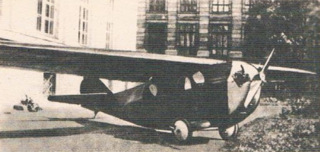
The RWD 1 was a Polish sports plane of 1928, a single-engine high-wing monoplane constructed by the RWD design team.

The RWD-10 was a Polish aerobatics sports plane, single-seat parasol wing monoplane, used from 1933 to 1939 and constructed by the RWD team.
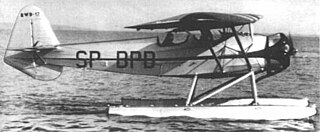
The RWD 17 was a Polish aerobatics-trainer aircraft of 1937, parasol wing monoplane, constructed by the RWD team.

The RWD 13 was a Polish touring plane of 1935, three-seater high-wing monoplane, designed by the RWD team. It was the biggest commercial success of the RWD.
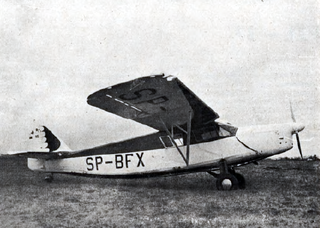
The RWD-15 was a Polish touring aircraft of 1937, designed by the RWD team and built by the Doświadczalne Warsztaty Lotnicze (DWL).

PZL.19 was a Polish sports aircraft built in 1932 in the PZL works. Ordered by the Ministry of Communications, it was specifically designed for the upcoming Challenge 1932 contest held that year in Germany.

The Bartel BM.4 was a Polish biplane primary trainer aircraft used from 1929 to 1939 by the Polish Air Force and Polish civilian aviation, manufactured in the Samolot factory in Poznań. It was the first plane of Polish design put into production.
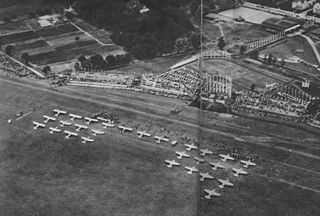
The Challenge 1934 was the fourth and last FAI International Tourist Plane Contest, that took place between August 28 and September 16, 1934, in Warsaw, Poland. The four Challenges, from 1929 to 1934, were major aviation events in pre-war Europe. The 1934 Challenge was won by the Polish pilots, who had also won the previous year.

The Fieseler Fi 97 was a 1930s German four-seat cabin touring and competition monoplane aircraft designed and built by the German manufacturer Fieseler.

The RWD 16bis and RWD 21 were Polish two-seat low-wing touring and sports planes of the late 1930s, constructed by the RWD bureau, sharing the same construction, main difference of the RWD 21 being a stronger engine.
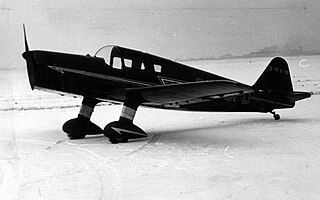
The RWD-19 was a Polish two-seat low-wing sports aircraft of 1938, constructed by the RWD bureau.

The RWD-11 was a six-passenger feeder-liner designed and built in Poland from 1932.
The RWD 18 was a four/five seat STOL utility aircraft designed and built in Poland from 1936.

The PWS-11 was a Polish aerobatic and trainer aircraft, developed in 1928-1929 by PWS, which remained a prototype.
